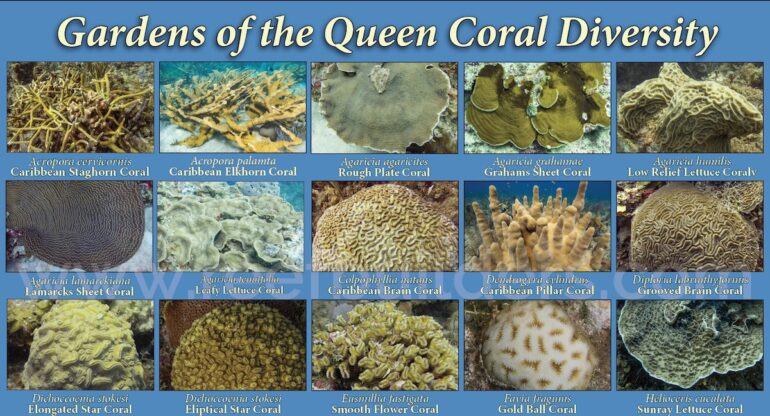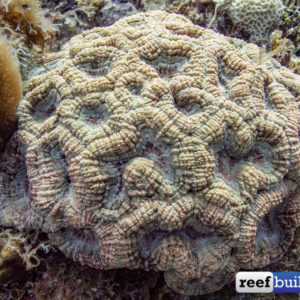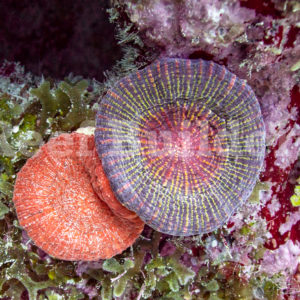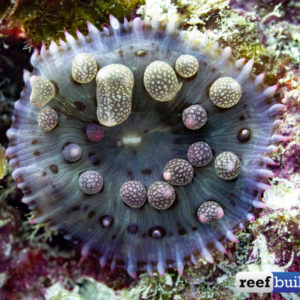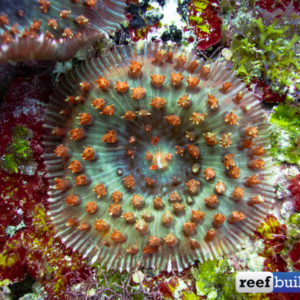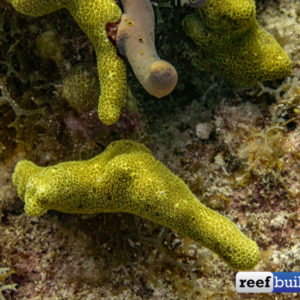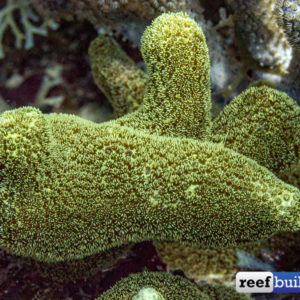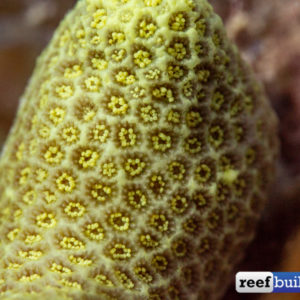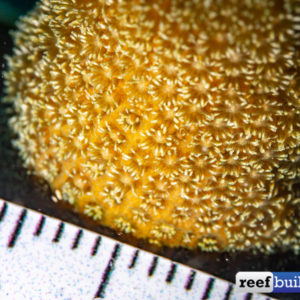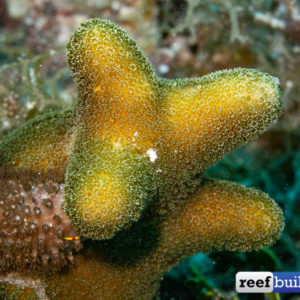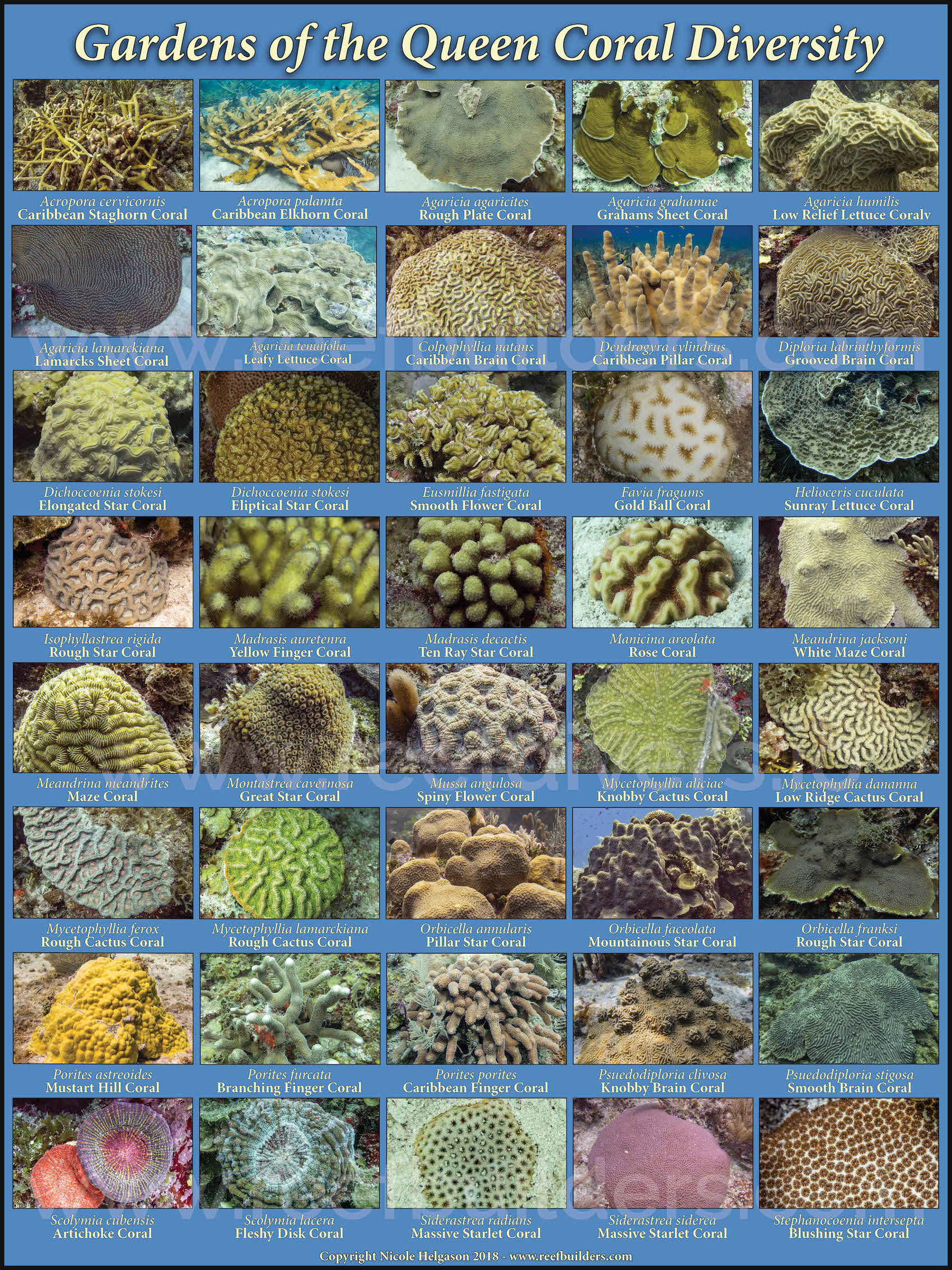Earlier this year we had the opportunity to visit the Gardens of the Queen Cuba in order to document coral diversity. We came up with a few weirdo corals, which are still a mystery to be solved… but all in all, we were able to document more than 40 species of coral in 16 dives.
The goal of the trip was to locate a few species which are still missing from our Guide to Caribbean corals. The last three on the list are Mycetophyllia reesi, a deep water cactus corals, Isophyllia sinuosa, a sinuous large polyp coral with distinct toothy ridges, and Solenastrea hyades, a branching species of Solenastrea. Unfortunately, these three are still at large, but we did manage to find quite a few more interesting corals to share.
We were invited on the trip to Cuba by Avalon liveaboard and spent a week exploring the Archipelagos rich underwater habitats. We were impressed with the diversity of different coral colors, and unique growth forms, namely some brilliant red Montastreas, and some spectacular Scolymia cubensis polyps. We also found a few juicy Mussa polyps and some interesting Coralimorphs.
We also noticed some rather unique yellow branching Porites, exclusively between 15-30 feet (5-9m) which have yet to be identified. The shape resembles branching Porites furcata but we’ve never seen them documented in this yellow color. Any Caribbean Porites experts out there?? Would love to learn more about this odd yellow branching coral.
Asides from the large stands of Elkhorn corals, we didn’t find many more centenarian corals, which we were kind of expecting to see. We imagined something similar to the five hundred-year-old Orbicella and never endings fields of leafy lettuce corals in Tela Honduras. The reefs in Cuba are more exposed to Hurricanes than Tela which must restrict the coral growth.
Still Cuba had an impressive population of sharks and mature fish, Groupers, Tarpons and Parrotfish like nothing we’ve seen before, and if we are calling Cuba a time capsule reef, I think we should emphasize it’s a time capsule for fish life, and important seed bank for coral diversity, but Tela is still hands down the healthiest oldest “coral” time I’ve yet to see in the Caribbean.
We decided to put together some of the best images to represent each species in one place, for an easy identification guide to coral diversity in Cuba’s Gardens of the Queen. If you are planning a trip make sure to take some time admiring the corals and keep your eyes out for any rare and unusual coral variations you won’t easily find anywhere else.


